Home>Gardening & Outdoor>Landscaping Ideas>How Long Does Cut Grass Take To Decompose
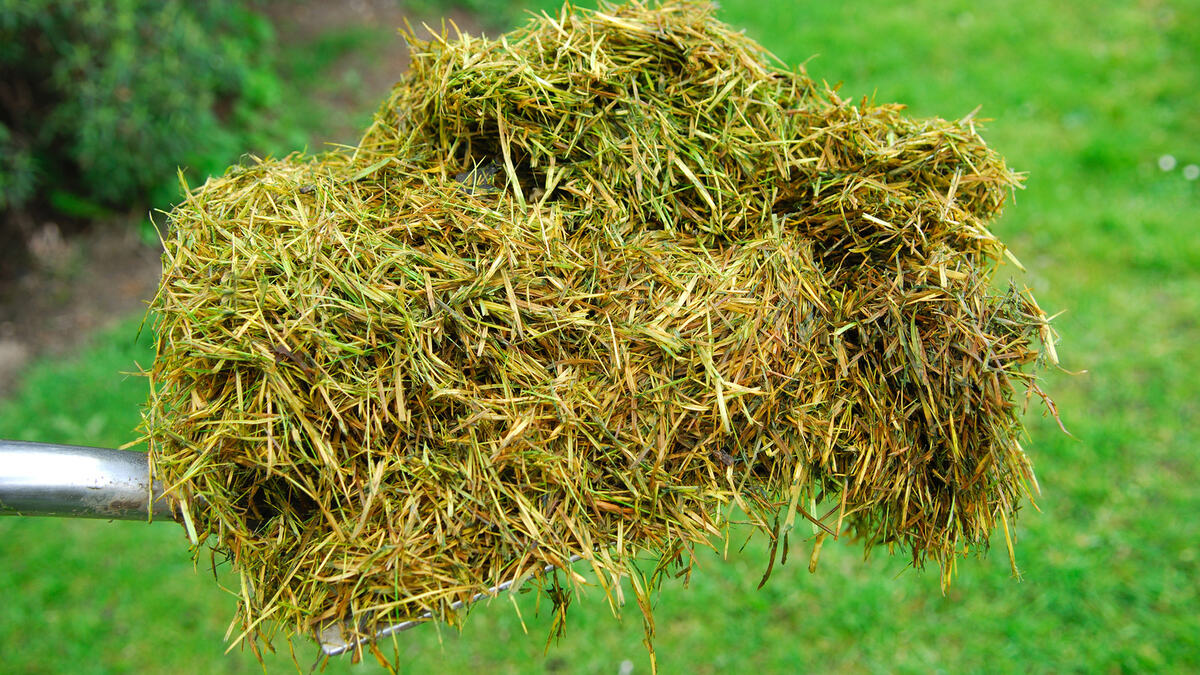

Landscaping Ideas
How Long Does Cut Grass Take To Decompose
Modified: March 25, 2024
Learn how long it takes for cut grass to decompose and get expert landscaping ideas to speed up the process. Discover effective strategies for managing grass clippings.
(Many of the links in this article redirect to a specific reviewed product. Your purchase of these products through affiliate links helps to generate commission for Storables.com, at no extra cost. Learn more)
Introduction
Introduction
When it comes to landscaping and lawn maintenance, understanding the natural processes that occur after mowing the grass is essential. One such process is the decomposition of cut grass, which plays a significant role in sustaining the health of your lawn and the surrounding ecosystem. As a homeowner or gardening enthusiast, it’s important to grasp the timeline and factors influencing the decomposition of cut grass to make informed decisions about lawn care and environmental impact.
Decomposition is a fascinating natural phenomenon that involves the breakdown of organic matter into simpler substances by the action of microorganisms, such as bacteria and fungi, as well as detritivores like earthworms and insects. In the case of cut grass, the decomposition process not only affects the appearance of your lawn but also contributes to the nutrient cycle and overall soil health. By exploring the factors influencing decomposition and the timeline of this process, we can gain a deeper appreciation for the interconnectedness of nature and the significance of sustainable lawn care practices.
Factors Affecting Decomposition
Key Takeaways:
- Grass clippings decompose in 2-4 weeks, enriching soil with nutrients and promoting a healthy lawn. Factors like moisture, aeration, and temperature influence the speed of decomposition.
- Grass decomposition benefits the environment by enhancing soil fertility, supporting carbon sequestration, and fostering a diverse microbial community. Embracing natural decomposition reduces the need for synthetic fertilizers and promotes ecological balance.
Factors Affecting Decomposition
The decomposition of cut grass is influenced by a variety of factors that collectively determine the speed and efficiency of this natural process. Understanding these factors is crucial for optimizing lawn care practices and promoting a healthy, thriving ecosystem.
- Moisture: Adequate moisture is essential for the decomposition of cut grass. Microorganisms responsible for breaking down organic matter require a moist environment to thrive. Insufficient moisture can slow down the decomposition process, while excessive moisture may lead to anaerobic conditions, hindering decomposition and potentially causing unpleasant odors.
- Aeration: Proper aeration of the lawn, achieved through regular dethatching and aerating, facilitates the decomposition of cut grass. Oxygen is vital for the aerobic microorganisms involved in decomposition. Compacted soil can impede airflow and hinder the activity of these beneficial organisms.
- Carbon-to-Nitrogen Ratio: The carbon-to-nitrogen (C:N) ratio of the grass clippings influences decomposition. An ideal C:N ratio (approximately 30:1) promotes efficient decomposition, while an imbalance can lead to slower breakdown or nutrient leaching. Adding nitrogen-rich fertilizers can help balance the C:N ratio and accelerate decomposition.
- Temperature: Temperature plays a significant role in decomposition. Warmer temperatures generally accelerate the activity of decomposing microorganisms, while colder temperatures can slow down the process. In regions with distinct seasons, the rate of decomposition may fluctuate accordingly.
- Microbial Activity: The presence and activity of microorganisms, such as bacteria and fungi, are fundamental to the decomposition of cut grass. Healthy soil ecosystems with diverse microbial populations contribute to efficient decomposition and nutrient recycling.
- Chemical Residues: The presence of chemical residues, such as herbicides or pesticides, can impact decomposition. Certain chemicals may inhibit microbial activity and disrupt the natural breakdown of organic matter. Using organic lawn care products can minimize the negative effects of chemical residues on decomposition.
By considering these factors and implementing sustainable lawn care practices, homeowners and gardeners can promote optimal conditions for the decomposition of cut grass, leading to improved soil fertility and a healthier, more vibrant lawn.
Decomposition Timeline
Decomposition Timeline
The timeline of cut grass decomposition can vary based on environmental conditions, grass species, and lawn care practices. Understanding the general stages of decomposition provides valuable insight into the natural processes at play and allows homeowners to make informed decisions regarding lawn maintenance.
Initial Stage: Immediately after mowing the grass, the cut grass begins the initial stage of decomposition. The grass clippings are still visibly intact and cover the lawn’s surface, contributing to the formation of thatch. During this stage, microbial activity, particularly by bacteria and fungi, initiates the breakdown of the grass clippings.
Mid-Stage: As decomposition progresses, the grass clippings start to break down into smaller fragments. Microorganisms continue to metabolize the organic matter, releasing nutrients back into the soil. At this stage, the grass clippings may become less noticeable on the lawn’s surface as they integrate into the topsoil layer.
Advanced Stage: In the advanced stage of decomposition, the grass clippings have significantly decomposed, and their original structure is no longer recognizable. The breakdown of organic matter by microorganisms results in the release of essential nutrients, such as nitrogen and carbon, enriching the soil. At this point, the decomposed grass clippings contribute to the improvement of soil structure and fertility.
The timeline for each stage of decomposition can vary based on factors such as moisture levels, temperature, microbial activity, and lawn care practices. In optimal conditions, the entire decomposition process from the initial stage to the advanced stage may take approximately 2 to 4 weeks. However, this timeline is a general estimate, and actual decomposition rates can fluctuate based on specific environmental factors and grass maintenance routines.
By observing the progression of decomposition and adapting lawn care practices to support this natural process, homeowners can promote a healthy soil ecosystem and contribute to the long-term vitality of their lawns.
Environmental Impact
Grass clippings can take anywhere from a few weeks to a few months to decompose, depending on factors like temperature, moisture, and the size of the clippings. To speed up decomposition, spread the clippings thinly and mix with brown materials like leaves or wood chips.
Environmental Impact
The decomposition of cut grass not only influences the health and aesthetics of lawns but also has broader environmental implications. Understanding the environmental impact of grass decomposition sheds light on its significance in the context of sustainable landscaping and ecosystem health.
Soil Fertility: The decomposition of cut grass plays a crucial role in enriching soil fertility. As the grass clippings break down, they release essential nutrients, including nitrogen, phosphorus, and potassium, back into the soil. These nutrients support the growth of plants and contribute to overall soil health, reducing the reliance on synthetic fertilizers and promoting sustainable gardening practices.
Carbon Sequestration: Through decomposition, organic matter from cut grass becomes incorporated into the soil, contributing to carbon sequestration. This process helps mitigate the accumulation of atmospheric carbon dioxide, a key greenhouse gas linked to climate change. By promoting the decomposition of organic materials, such as grass clippings, homeowners can indirectly support efforts to combat climate change and enhance carbon storage in the soil.
Microbial Diversity: The decomposition of cut grass fosters a diverse and thriving microbial community in the soil. Microorganisms involved in decomposition, including bacteria, fungi, and actinomycetes, contribute to the breakdown of organic matter and the recycling of nutrients. A rich microbial ecosystem supports soil structure, nutrient cycling, and overall ecosystem resilience, promoting a balanced and healthy environment for plants and beneficial organisms.
Water Retention and Erosion Prevention: Decomposed grass clippings contribute to the improvement of soil structure, enhancing its ability to retain moisture and resist erosion. The organic matter derived from grass decomposition enhances soil aggregation, reducing surface runoff and promoting water infiltration. This, in turn, supports water conservation efforts and minimizes soil erosion, particularly in regions prone to heavy rainfall or runoff.
By recognizing the environmental impact of grass decomposition, homeowners can appreciate the interconnectedness of lawn care practices and ecosystem dynamics. Embracing sustainable approaches to lawn maintenance, such as leaving grass clippings on the lawn to decompose naturally, can contribute to environmental stewardship and the preservation of ecological balance.
Conclusion
Conclusion
The decomposition of cut grass is a dynamic and essential process that influences the health of lawns and the broader ecosystem. By considering the factors affecting decomposition, understanding the timeline of this natural phenomenon, and recognizing its environmental impact, homeowners and gardening enthusiasts can make informed decisions to promote sustainable lawn care practices and environmental stewardship.
Optimizing the conditions for grass decomposition, such as maintaining proper moisture levels, promoting aeration, and balancing the carbon-to-nitrogen ratio, can enhance soil fertility, support carbon sequestration, and foster a diverse microbial community. These efforts contribute to the overall health and resilience of the lawn and its surrounding environment, aligning with principles of sustainable landscaping and ecological balance.
Embracing the natural process of grass decomposition also reduces the reliance on synthetic fertilizers, minimizes waste, and supports water conservation and erosion prevention. By allowing grass clippings to decompose on the lawn, homeowners can actively participate in the nutrient cycling process, reduce their environmental footprint, and contribute to the preservation of soil health and biodiversity.
Ultimately, the decomposition of cut grass serves as a reminder of the intricate connections within ecosystems and the potential for sustainable practices to enhance the vitality of landscapes. By valuing and nurturing the natural processes at play, homeowners play a pivotal role in fostering healthy, vibrant environments that benefit both the immediate surroundings and the planet as a whole.
Through a deeper understanding of grass decomposition and its implications, homeowners can embark on a journey towards mindful lawn care, environmental responsibility, and the cultivation of thriving, resilient landscapes for generations to come.
Frequently Asked Questions about How Long Does Cut Grass Take To Decompose
Was this page helpful?
At Storables.com, we guarantee accurate and reliable information. Our content, validated by Expert Board Contributors, is crafted following stringent Editorial Policies. We're committed to providing you with well-researched, expert-backed insights for all your informational needs.
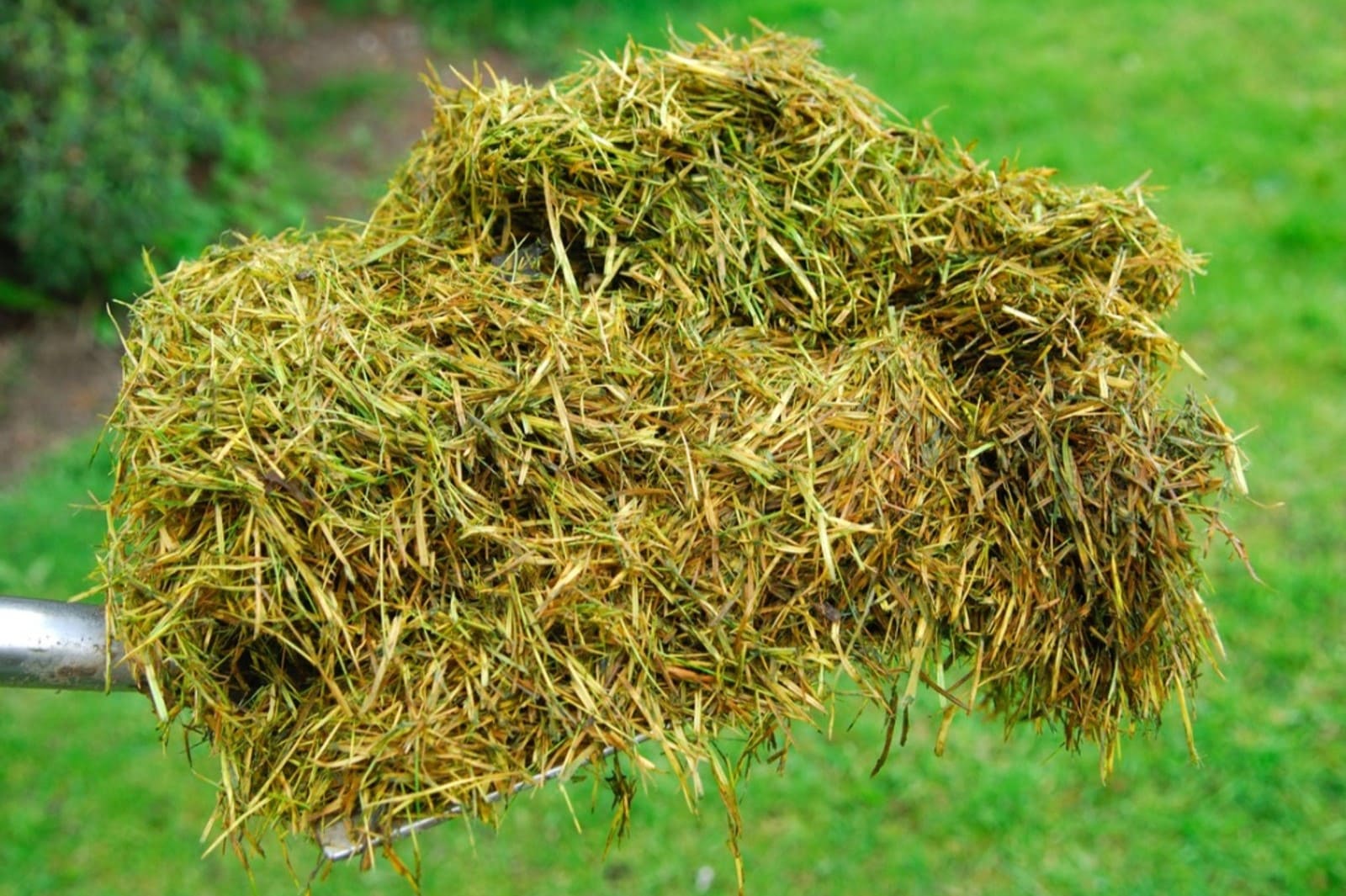





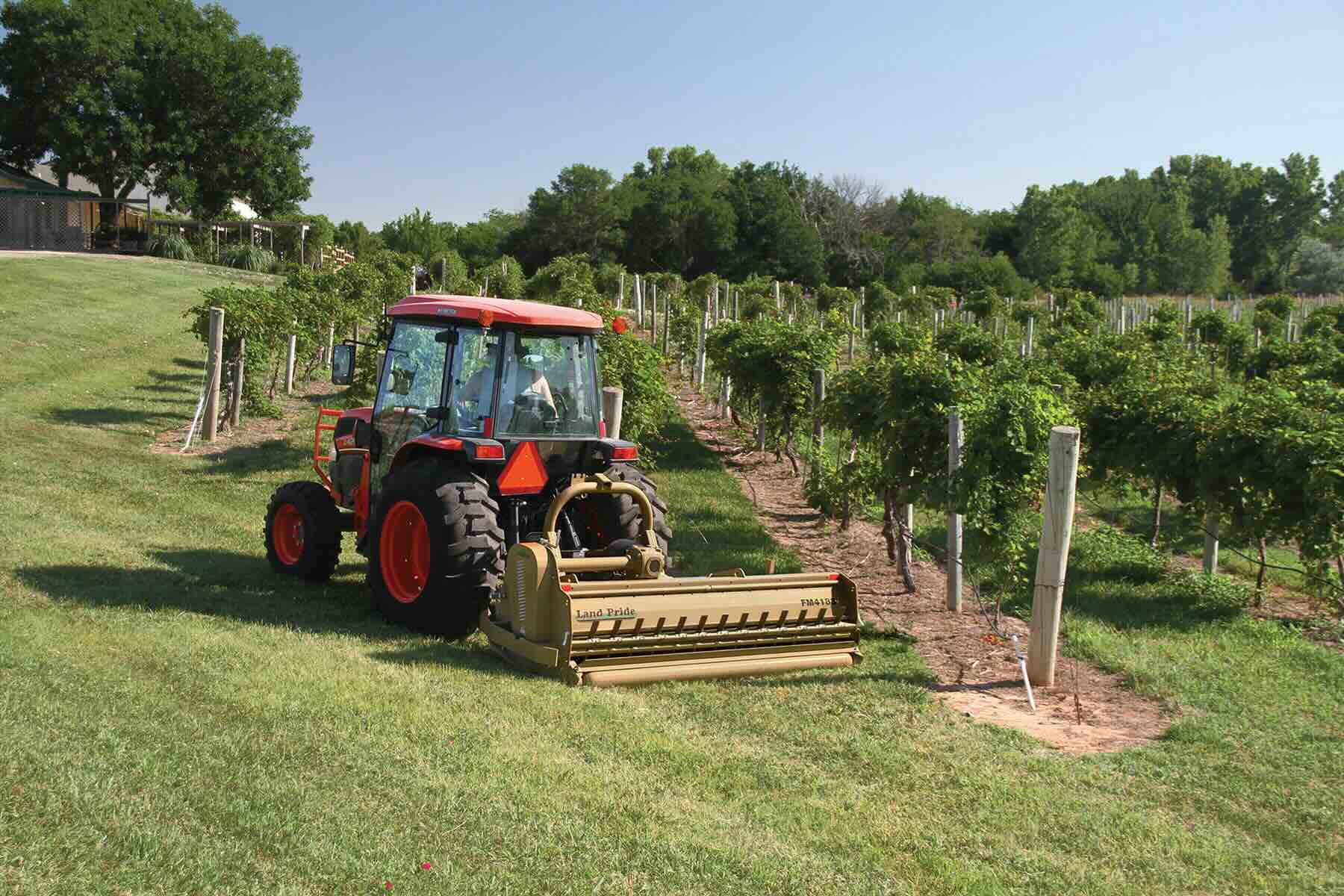
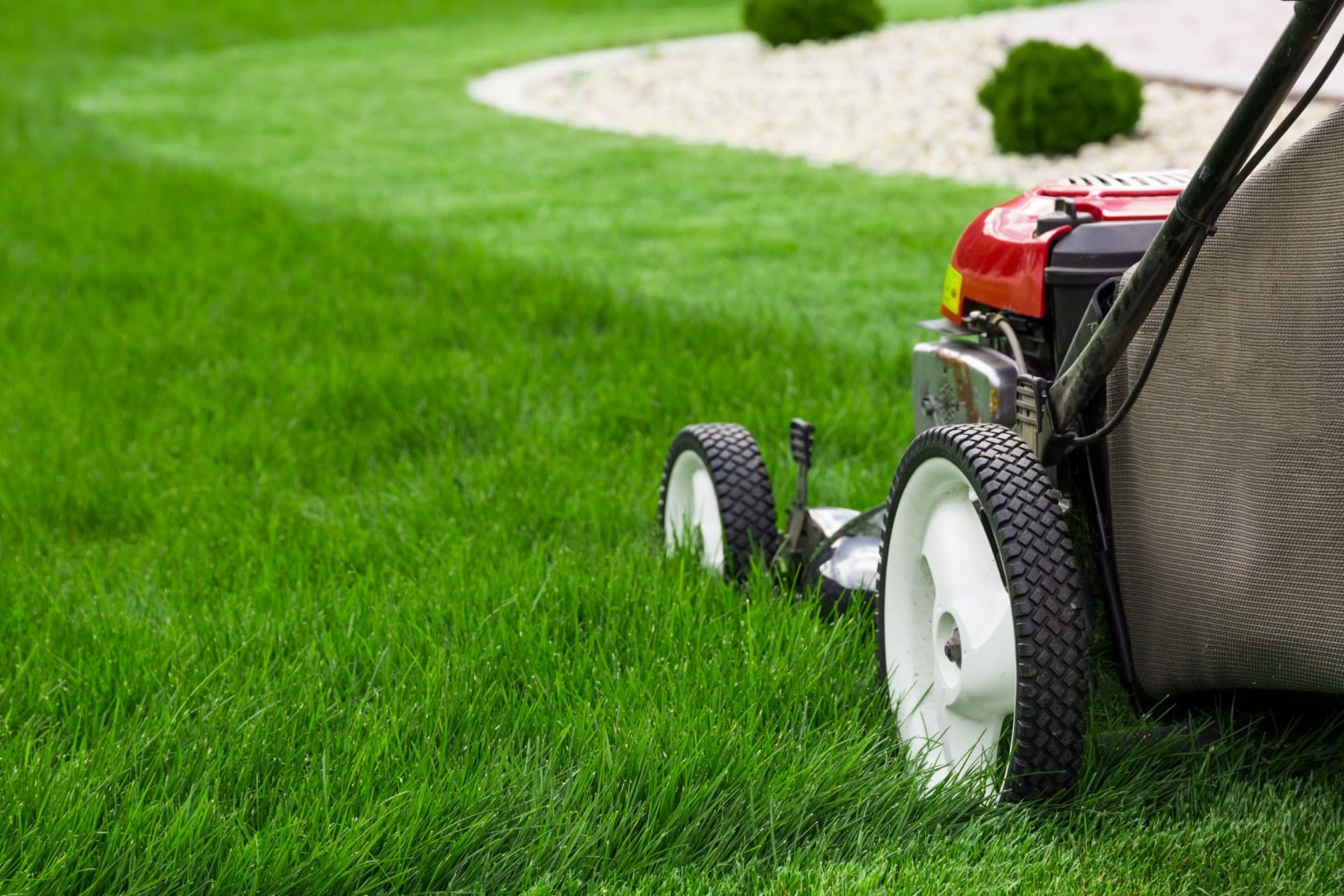
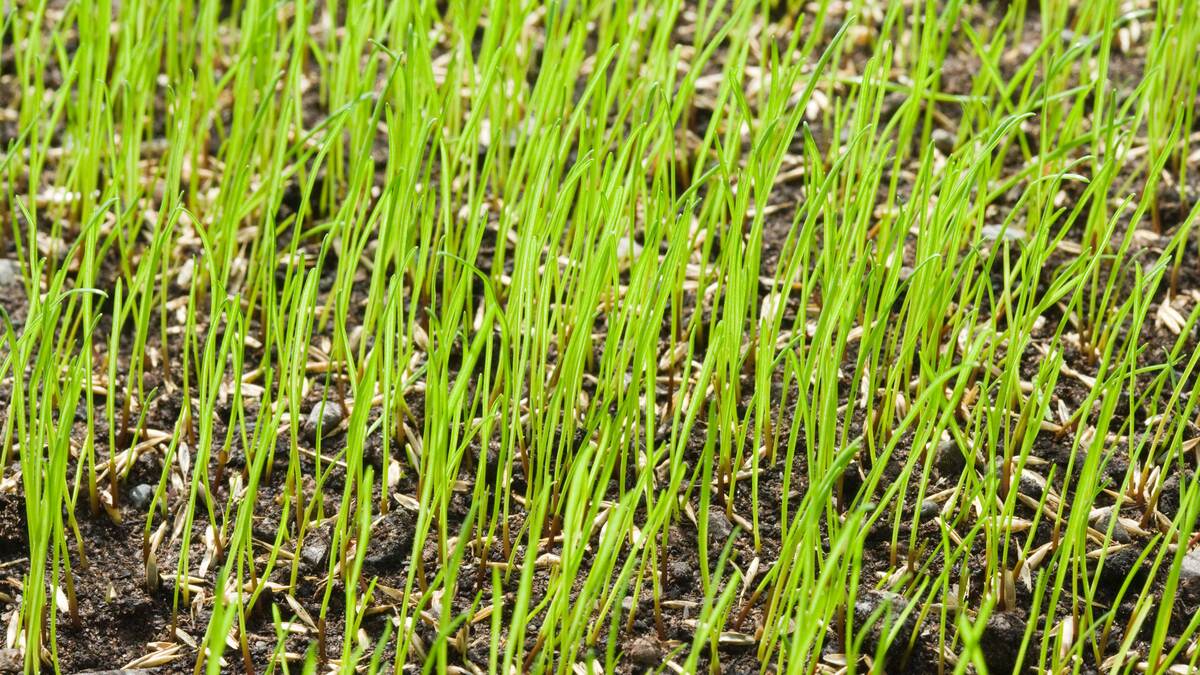
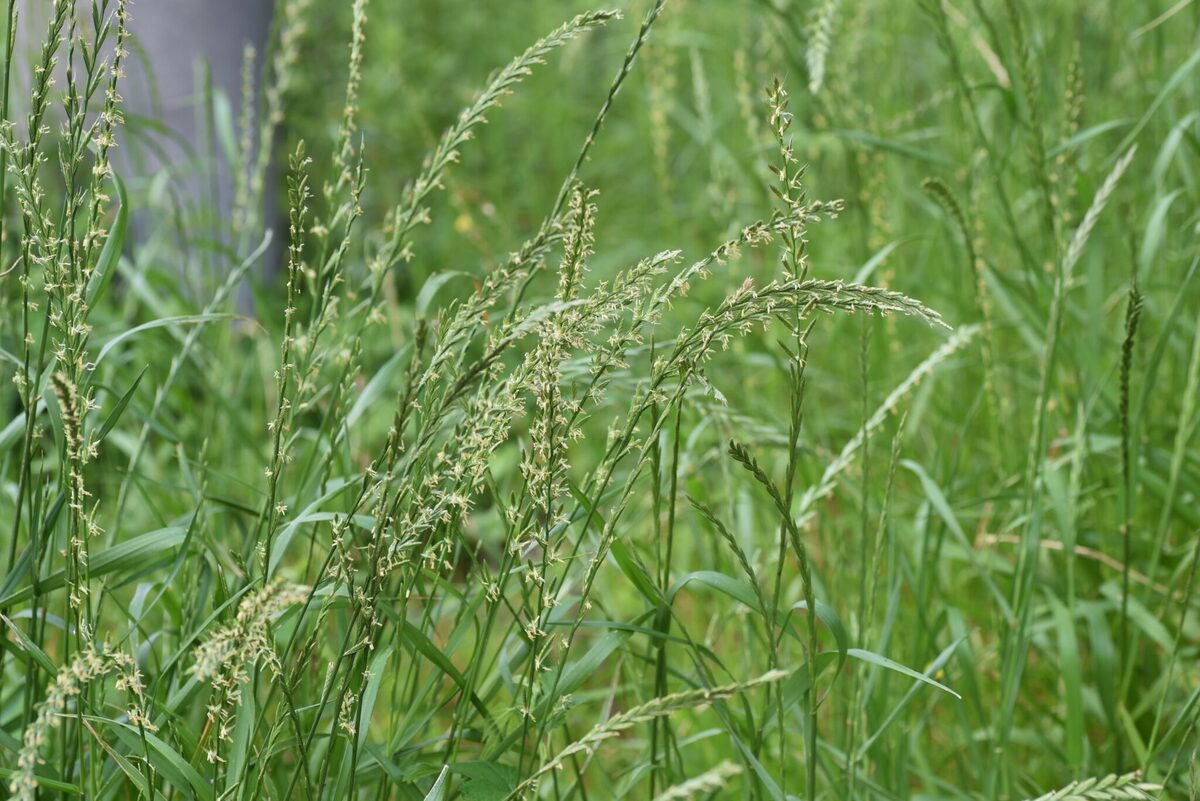
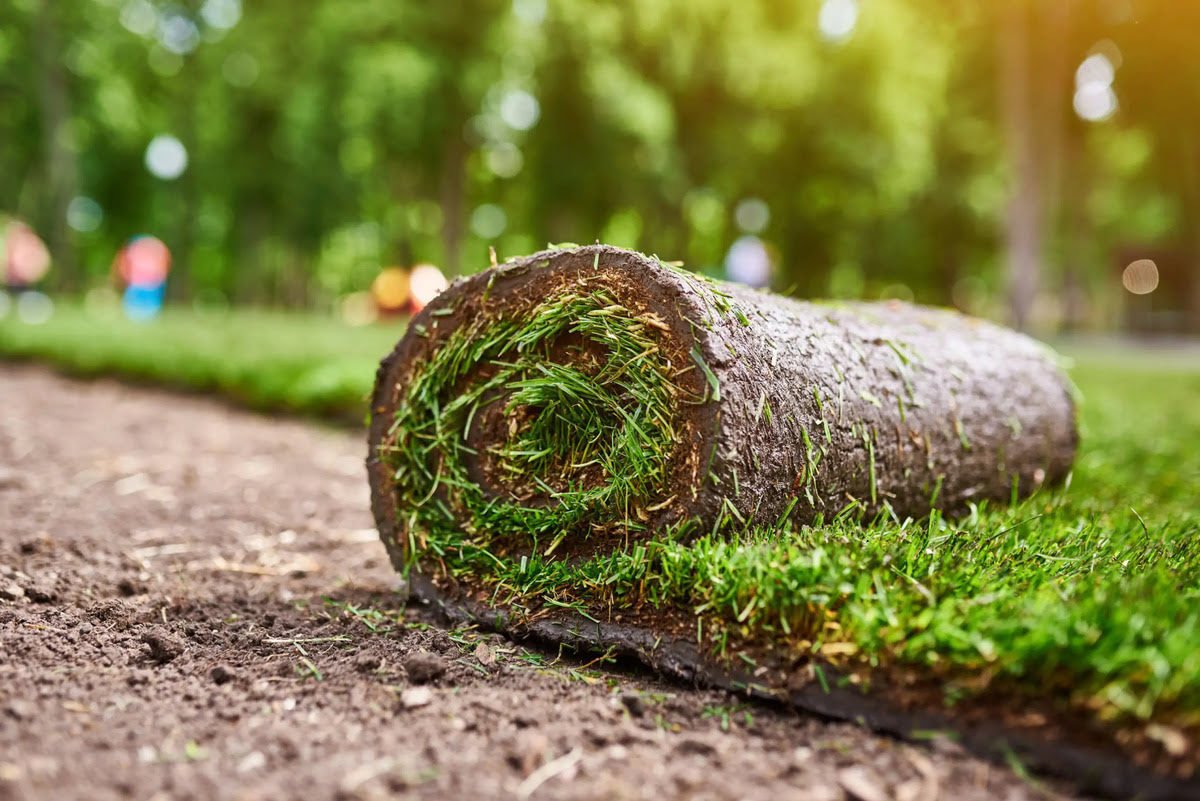
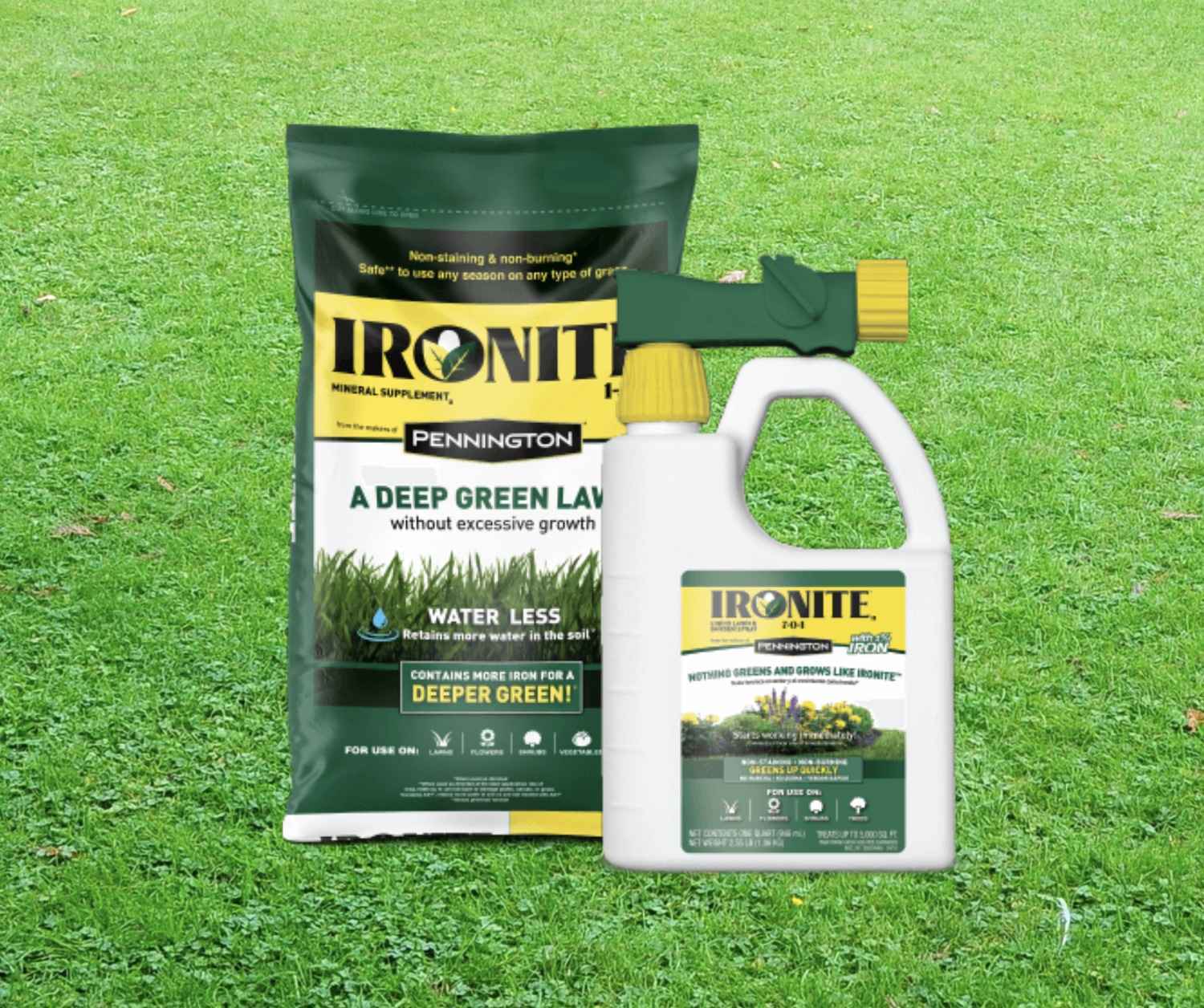
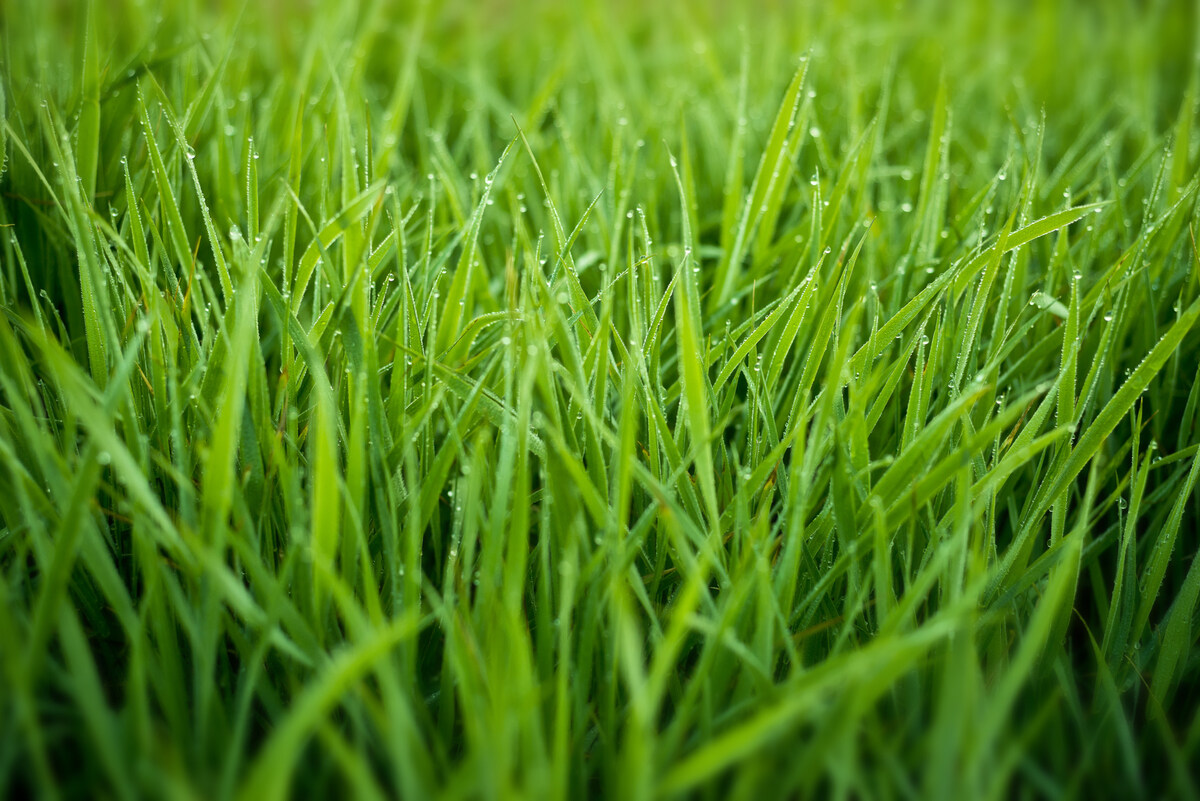
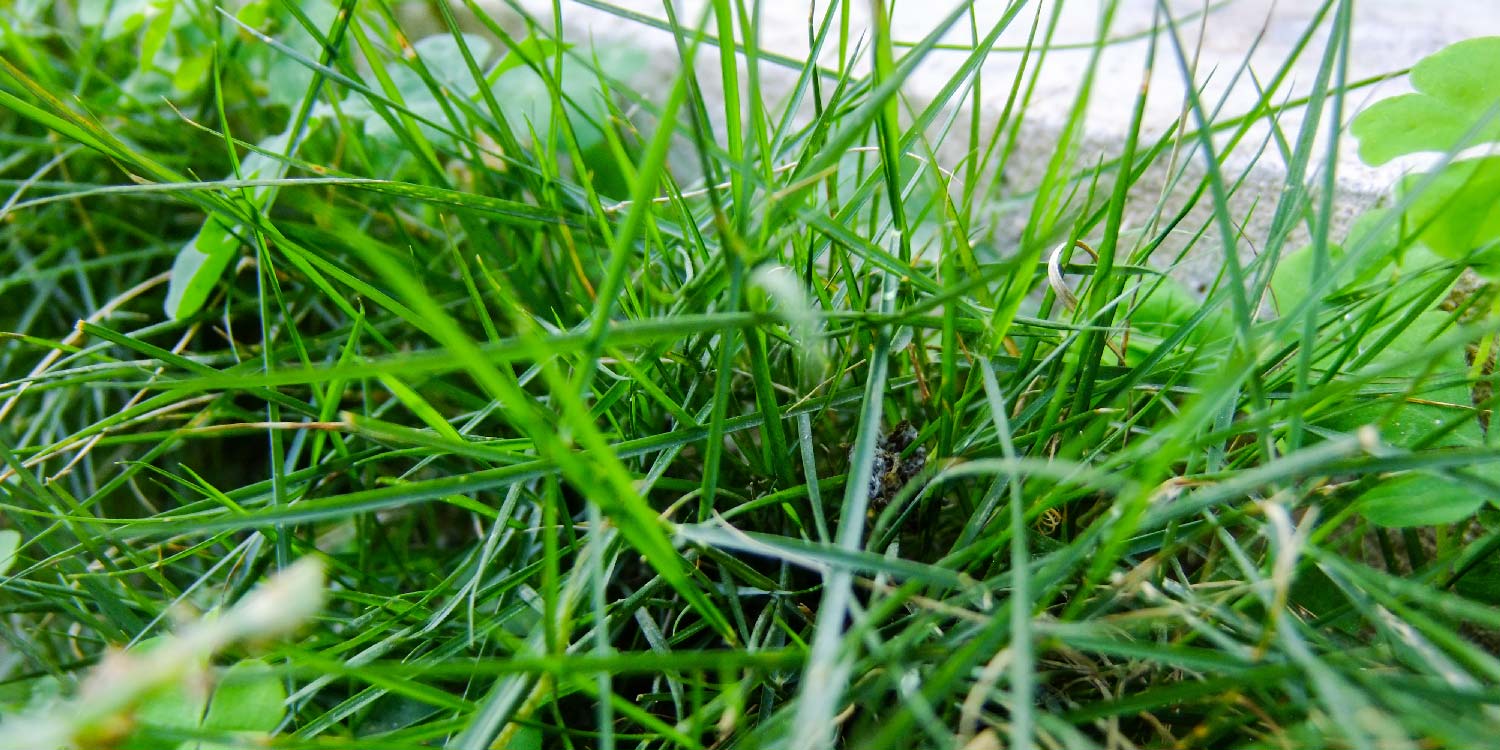
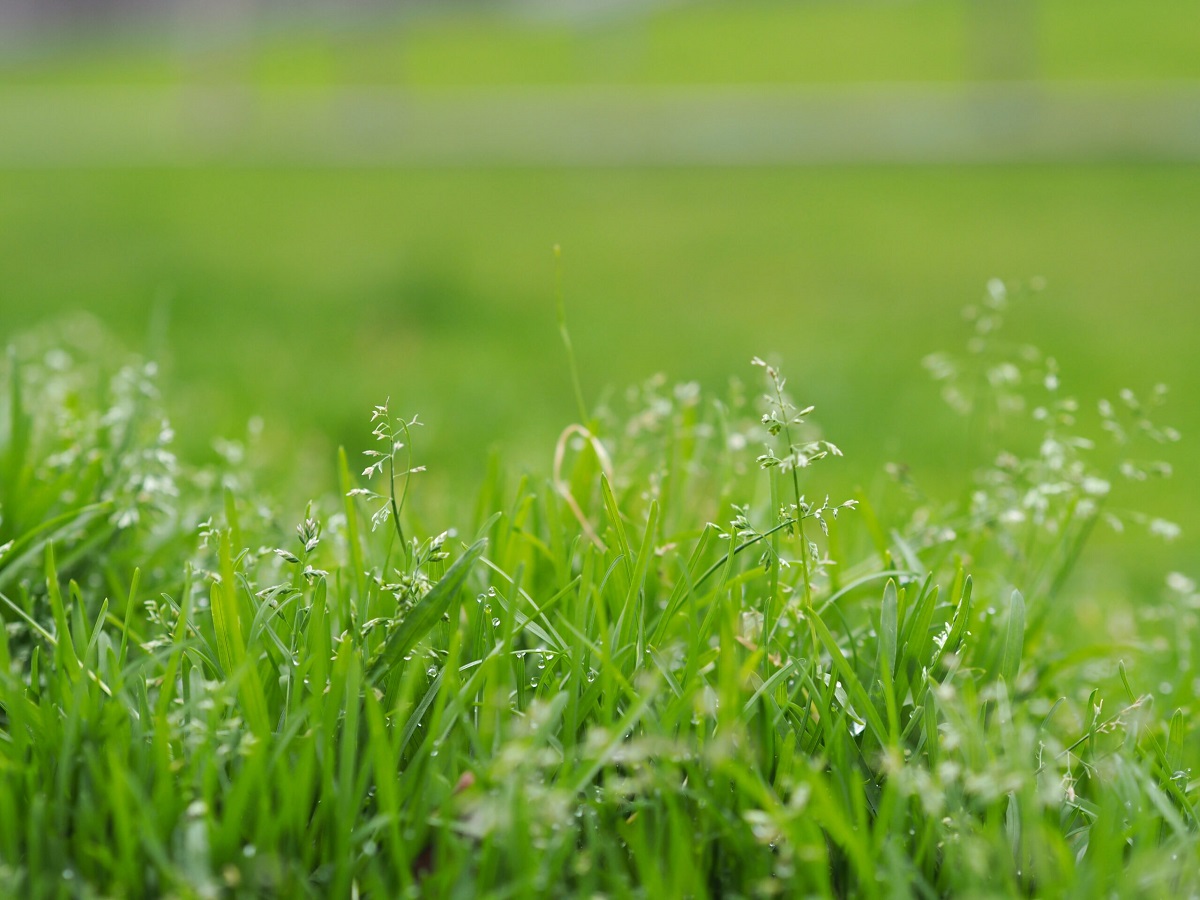

0 thoughts on “How Long Does Cut Grass Take To Decompose”